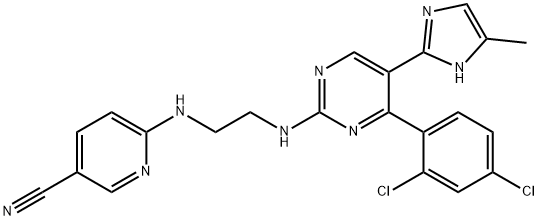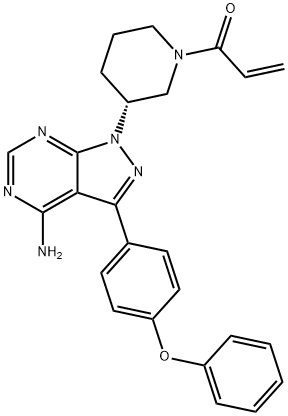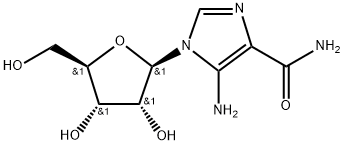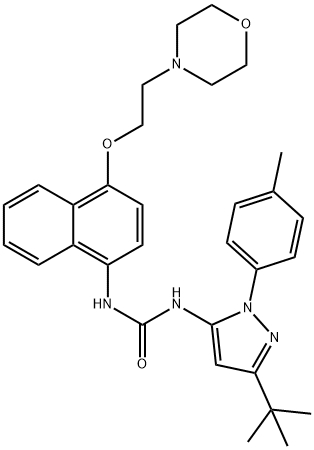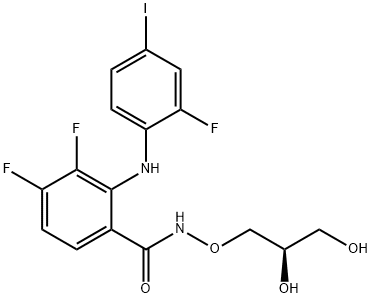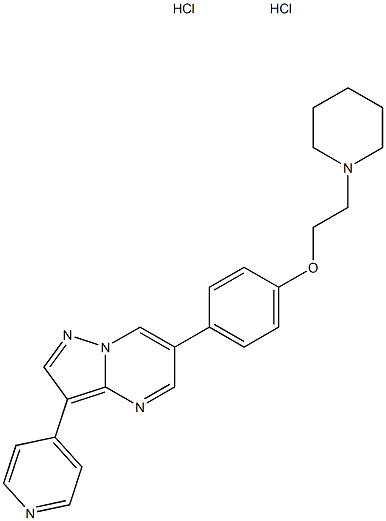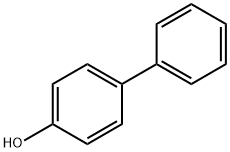A 769662
- CAS NO.:844499-71-4
- Empirical Formula: C20H12N2O3S
- Molecular Weight: 360.39
- MDL number: MFCD11977269
- SAFETY DATA SHEET (SDS)
- Update Date: 2024-11-19 23:02:33
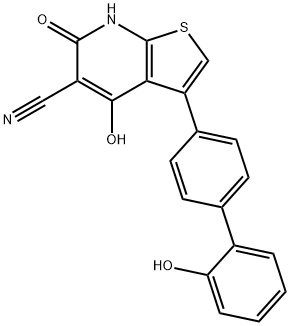
What is A 769662?
Description
A-
The Uses of A 769662
A 769662 is an AMP-activated protein kinase (AMPK) activiator. A 769662 selectively activates cardiac AMPK heterotrimeric complexes contg. α2/β1-subunits.
What are the applications of Application
A-769662 is an AMPK activator which induces PI3-kinase-dependent glucose uptake and inhibits AMPK dephosphorylation.
Definition
ChEBI: 4-hydroxy-3-[4-(2-hydroxyphenyl)phenyl]-6-oxo-7H-thieno[2,3-b]pyridine-5-carbonitrile is a member of biphenyls.
Biological Activity
Potent, reversible AMP-activated protein kinase (AMPK) activator (EC 50 = 0.8 μ M) that displays selectivity towards β 1 subunit-containing heterotrimers. Inhibits fatty acid synthesis (IC 50 = 3.2 μ M) and decreases plasma glucose and triglyceride levels in vivo .
storage
+4°C
References
1) Scott et al. (2008), Thienopyridone drugs are selective activators of AMP-activated protein kinase beta1-containing complexes; Cell Biol., 15 1220 2) Cool et al. (2006), Identification and characterization of a small molecule AMPK activator that treats key components of type 2 diabetes and the metabolic syndrome; Cell Metab., 3 403 3) Zhou et al. (2009), Inhibitory effects of A-769662, a novel activator of AMP-activated protein kinase on 3T3-L1 adipogenesis; Biol. Pharm. Bull., 32?993 4) Vazquez-Martin et al. (2012) Activation of AMP-activated protein kinase (AMPK) provides a metabolic barrier to reprogramming somatic cells into stem cells; Cell Cycle, 11 974 5) Ducommun et al. (2014) Enhanced activation of cellular AMPK by dual-small molecule treatment: AICAR and A769662; Am. J. Physiol. Endocrinol. Metab., 306 E688
Properties of A 769662
| Melting point: | 263 - 266oC |
| Boiling point: | 630.1±55.0 °C(Predicted) |
| Density | 1.56 |
| Flash point: | 334.9℃ |
| storage temp. | Keep in dark place,Sealed in dry,Room Temperature |
| solubility | Soluble in DMSO (up to 30 mg/ml) or in Ethanol (up to 5 mg/ml), |
| form | solid |
| pka | 4.50±1.00(Predicted) |
| color | Beige |
| Stability: | Stable for 1 year from date of purchase as supplied. Solutions in DMSO or ethanol may be stored at -20°C for up to 3 months. |
Safety information for A 769662
Computed Descriptors for A 769662
New Products
4-AMINO-TETRAHYDRO-PYRAN-4-CARBOXYLIC ACID HCL 4-(Dimethylamino)tetrahydro-2H-pyran-4-carbonitrile 4-Aminotetrahydropyran-4-carbonitrile Hydrochloride (R)-3-Aminobutanenitrile Hydrochloride 3-((Dimethylamino)methyl)-5-methylhexan-2-one oxalate 1,4-Dioxa-8-azaspiro[4.5]decane 5-Bromo-2-nitropyridine Nimesulide BP Aceclofenac IP/BP/EP Diclofenac Sodium IP/BP/EP/USP Mefenamic Acid IP/BP/EP/USP Ornidazole IP Diclofenac Potassium THOMAIND PAPER PH 2.0 TO 4.5 1 BOX BUFFER CAPSULE PH 9.2 - 10 CAP SODIUM CHLORIDE 0.1N CVS ALLOXAN MONOHYDRATE 98% PLATINUM 0.5% ON 3 MM ALUMINA PELLETS (TYPE 73) LITHIUM AAS SOLUTION 2-Bromo-1-(bromomethyl)-3-chloro-5-nitrobenzene 2-Bromo-3-nitroaniline N-(3-Hydroxypropyl)-N-methylacetamide 3-Bromo-6-chloropyridazine 4-ethyl-3-nitrobenzoic acidRelated products of tetrahydrofuran
You may like
-
 A-769662 98% (HPLC) CAS 844499-71-4View Details
A-769662 98% (HPLC) CAS 844499-71-4View Details
844499-71-4 -
 AMPK Signaling Activator XV CAS 844499-71-4View Details
AMPK Signaling Activator XV CAS 844499-71-4View Details
844499-71-4 -
 1823368-42-8 98%View Details
1823368-42-8 98%View Details
1823368-42-8 -
 2-(3-(tert-butyl)phenoxy)-2-methylpropanoic acid 1307449-08-6 98%View Details
2-(3-(tert-butyl)phenoxy)-2-methylpropanoic acid 1307449-08-6 98%View Details
1307449-08-6 -
 Ethyl 3-(furan-2-yl)-3-hydroxypropanoate 25408-95-1 98%View Details
Ethyl 3-(furan-2-yl)-3-hydroxypropanoate 25408-95-1 98%View Details
25408-95-1 -
 2-Chloro-5-fluoro-1-methoxy-3-methylbenzene 98%View Details
2-Chloro-5-fluoro-1-methoxy-3-methylbenzene 98%View Details
1805639-70-6 -
 1784294-80-9 98%View Details
1784294-80-9 98%View Details
1784294-80-9 -
 Lithium ClavulanateView Details
Lithium ClavulanateView Details
61177-44-4
